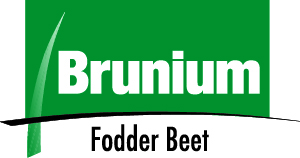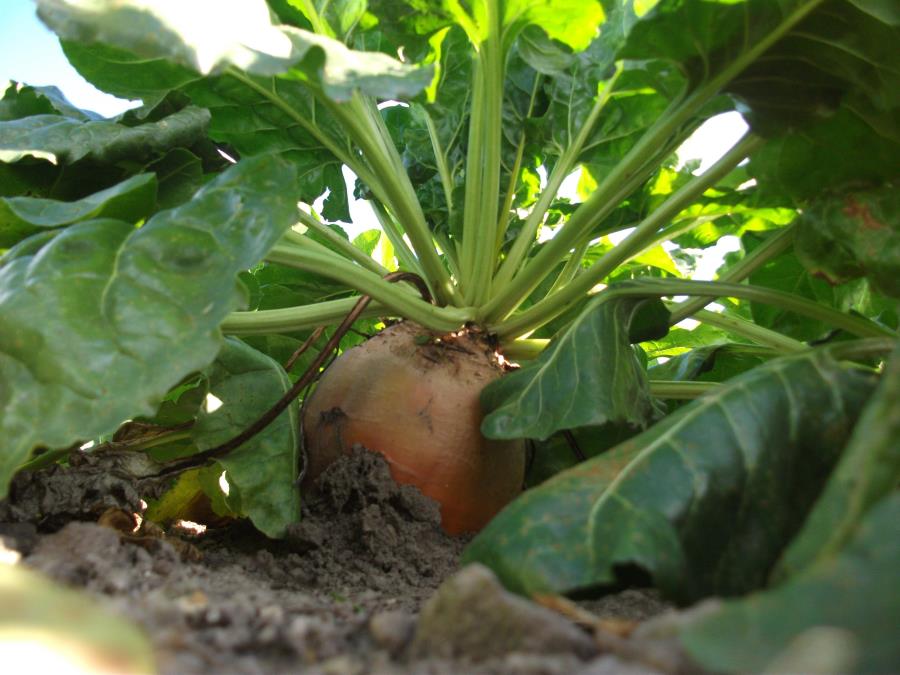Brunium
VERY GOOD RESISTANCE TO RHIZOCTONIZA.

- Sowing Time October to early November
- Grazing Seasons Autumn, Winter
- Time To First Grazing Anytime after all herbicide, fungicide and insecticide grazing withholding periods are met. Typically 24-28 weeks to reach yield potential
Brunium is an ideal cultivar where a history of Rhizoctonia has been experienced on farm. It is highly suitable for both grazing and lifting.
- True monogerm cultivar
- Medium-high drymatter type (17-20%*)
- Oval bulb shape, approximately 40-50% of bulb above ground
- Not recommended to be sown in September particularly in the South Island
- Very good resistance to Rhizoctonia
- Above ground bulb colour: red
*Variation in DM % can occur under different sowing rate and/or environmental conditions. Northern North Island drymatters have consistently been lower than stated.

Sowing & Establishment
| Suggested Sowing Time | Ocotober to early November |
|---|---|
| Suggested Sowing Rate (seeds/ha) | 80,000-90,000 grazing 100,000 lifting |
| Time to First Grazing | Anytime after all herbicide, fungicide and insecticide grazing withholding periods are met. Typically 24-28 weeks to reach yield potential |
| Number of Potential Grazings | 1 |
| Potential Yield (t DM/ha) |
Average = 18-22 Top = 30 + |
| Bulb DM% | 17-20%* |
| Seed Type | True monogerm |
| In-situ Grazing | Very good option |
| Mechanical Harvesting | Good for lifting |
Varieties
Agricom has been supplying fodder beet to farmers for a number of years, and in that time has conducted research into cultivar performance, crop husbandry and animal feeding techniques. Agricom has partnered with world leading fodder beet breeding companies, Florimond Desprez and DLF Beet Seed, to access new genetics for improved yield and quality. The table below shows the primary varieties Agricom markets in New Zealand.
| FODDER BEET VARIETY BULB DM % | |||||||
|---|---|---|---|---|---|---|---|
| Low | Medium | High | Sugar Beet | ||||
|
Feldherr |
|||||||
|
Jamon |
|||||||
|
Bangor |
|||||||
|
Brunium |
|||||||
|
Delicante 17-20% |
|||||||
|
Timbale 17-20% |
|||||||
|
Surf |
|||||||
Rotation Products

Read more on Fodder Beet
Fodder Beet Case Study
